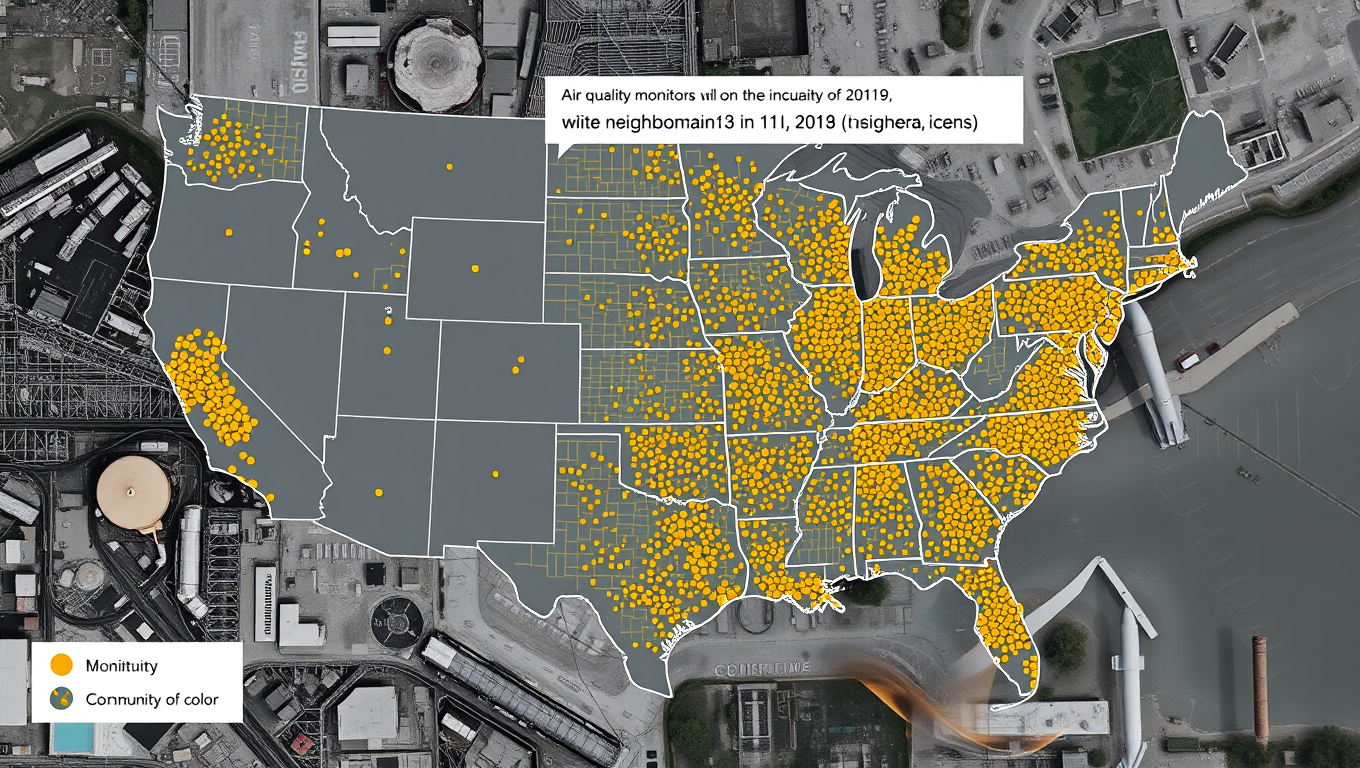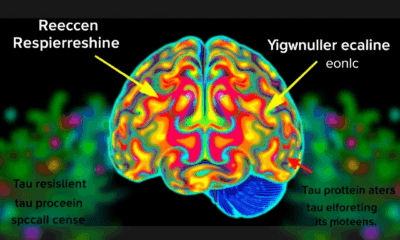While we try to keep things accurate, this content is part of an ongoing experiment and may not always be reliable.
Please double-check important details — we’re not responsible for how the information is used.
Air Pollution
Disparities in EPA Air Quality Monitors Leave Marginalized Communities at Risk
The EPA’s network consistently failed to capture air quality in communities of color across six major pollutants. The monitors are the key data source driving decisions about pollution reduction, urban planning and public health initiatives. The data may misrepresent pollution concentrations, leaving marginalized groups at risk.

Air Pollution
The Hidden Dangers of Air Pollution: How It Quietly Damages Your Heart
Breathing polluted air—even at levels considered “safe”—may quietly damage your heart. A new study using advanced MRI scans found that people exposed to more air pollution showed early signs of scarring in their heart muscle, which can lead to heart failure over time. This damage showed up in both healthy individuals and people with heart conditions, and was especially noticeable in women, smokers, and those with high blood pressure.
Air Pollution
Toxic Twin Found: MCCPs Spotted in U.S. Air for First Time
In a surprising twist during an air quality study in Oklahoma, researchers detected MCCPs an industrial pollutant never before measured in the Western Hemisphere’s atmosphere. The team suspects these toxic compounds are entering the air through biosolid fertilizers derived from sewage sludge. While these pollutants are not yet regulated like their SCCP cousins, their similarity to dangerous “forever chemicals” and unexpected presence raise red flags about how chemical substitutions and waste disposal may be silently contaminating rural air.
Air Pollution
The Persistent Pollutant: Uncovering the Mystery of Atmospheric Nitrates
A new study details processes that keep pollutants aloft despite a drop in emissions.
-

 Detectors3 months ago
Detectors3 months agoA New Horizon for Vision: How Gold Nanoparticles May Restore People’s Sight
-

 Earth & Climate4 months ago
Earth & Climate4 months agoRetiring Abroad Can Be Lonely Business
-

 Cancer4 months ago
Cancer4 months agoRevolutionizing Quantum Communication: Direct Connections Between Multiple Processors
-

 Agriculture and Food4 months ago
Agriculture and Food4 months ago“A Sustainable Solution: Researchers Create Hybrid Cheese with 25% Pea Protein”
-

 Diseases and Conditions4 months ago
Diseases and Conditions4 months agoReducing Falls Among Elderly Women with Polypharmacy through Exercise Intervention
-

 Albert Einstein4 months ago
Albert Einstein4 months agoHarnessing Water Waves: A Breakthrough in Controlling Floating Objects
-

 Chemistry3 months ago
Chemistry3 months ago“Unveiling Hidden Patterns: A New Twist on Interference Phenomena”
-

 Earth & Climate4 months ago
Earth & Climate4 months agoHousehold Electricity Three Times More Expensive Than Upcoming ‘Eco-Friendly’ Aviation E-Fuels, Study Reveals





























